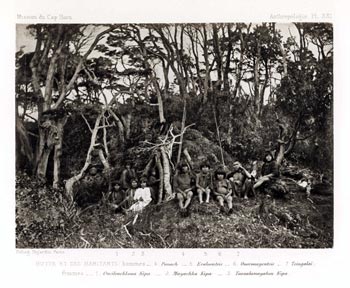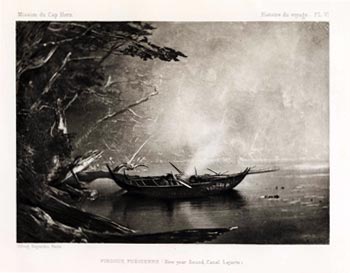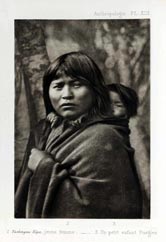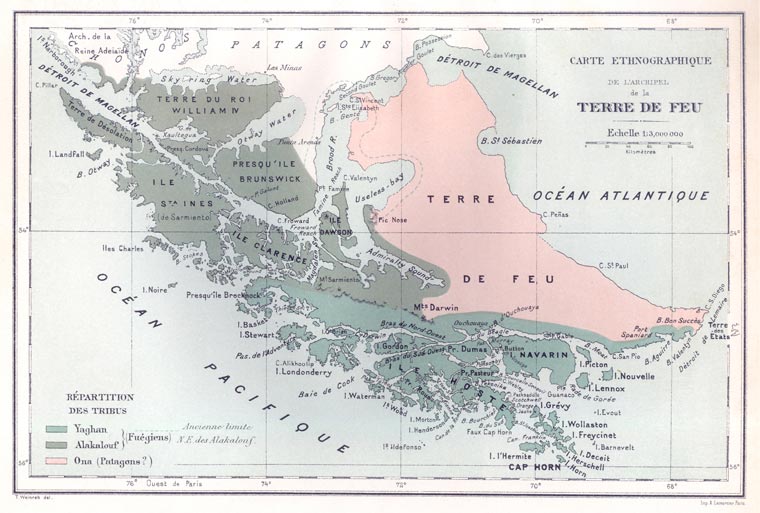| |
|
|
History
Moat, the last frontier
The Mission (la Misión Anglicana de Tierra del Fuego) called for new members and new trades. And so it was that a teacher, John, and his wife Clara came to Tierra del Fuego. The aboriginal yamanas did not adapt easily to the lifestyle the missionaries wanted to impose on them. And even if some of them learned to farm, to read and write and to remain silent during the Service, many others longed for a lifestyle that was rapidly fading away.
In 1884 the Argentine Government sent an expedition to the Beagle Channel. Its results were the foundation of the city of Ushuaia, the establishment of the governorate of Tierra del Fuego, and eventually, the elimination of more than half of the yamana population.
Two years later, in 1886, Thomas Bridges, founder and factotum of the Anglican Mission of Ushuaia, left his position and resolved to settle on the lands that the Argentine government had granted him as a recognition of his work. There, he founded the Estancia Harberton which, even nowadays, constitutes one of the most intriguing and fascinating places of the entire Patagonian region. Since then until 1911, the Missions of Ushuaia, Keppel and Rio Douglas became a sort of "houses of the last passage", where an ever diminishing group of natives witnessed the disappearance of a world that, until not long ago, they considered eternal. There, John Lawrence (the first teacher of Tierra del Fuego) and his colleagues tried to offer them some relief for a situation in which relief was, most likely, impossible. |
|

 |
|


|
Thus, over ten years passed. And then Lawrence realized that he was the one who needed relief. Or at least that, whatever it was what he would do next, he could not do it in Ushuaia. In 1899, he left the Mission and moved to the lands that the government had offered him, in order to start the Estancia Remolino. Very quickly, the place turned into an informal Mission and a shelter for the natives.
Meantime, Ushuaia was growing. The colonists of 1884 had settled and some of the most restless of them were starting to look for new horizons. In 1902, Antonio Isorna, one of the most prominent businessmen in Ushuaia, requested and obtained the lease of an estate located on the shores of the Beagle and Moat Channels to which he gave the name of "Estancia Moat".
There are several theories on the origin of that name. Moat could have been a sailor of one of the expeditions of the XIXth Century; Clara Lawrence's hometown, or a descriptive toponym (according to a curious description, the property is crossed by a series of channels and moats).
When Isorna passed away, the property was inherited by his step daughter, Ana Teresa Costa and, later on, by Martin Lawrence, her son. As it had happened in Remolino, Moat became one of the last places in which the Yamanas could settle. There lived Maria Felisa Kusanche, and there Enriqueta Varela, her daughter, was raised. Enriqueta was the last native who lived in the Argentinian sector of Tierra del Fuego.
In the 80s, the area acquired a brief notoriety due to its proximity to Picton, Lennox and Nueva Islands, center of a bitter border dispute between Argentina and Chile. Even nowadays and despite of how old fashioned the expression might sound, Estancia Moat can be considered the final frontier of civilization.
|
|
|
 |
|
|
|
| |
|
|
|
| |
|